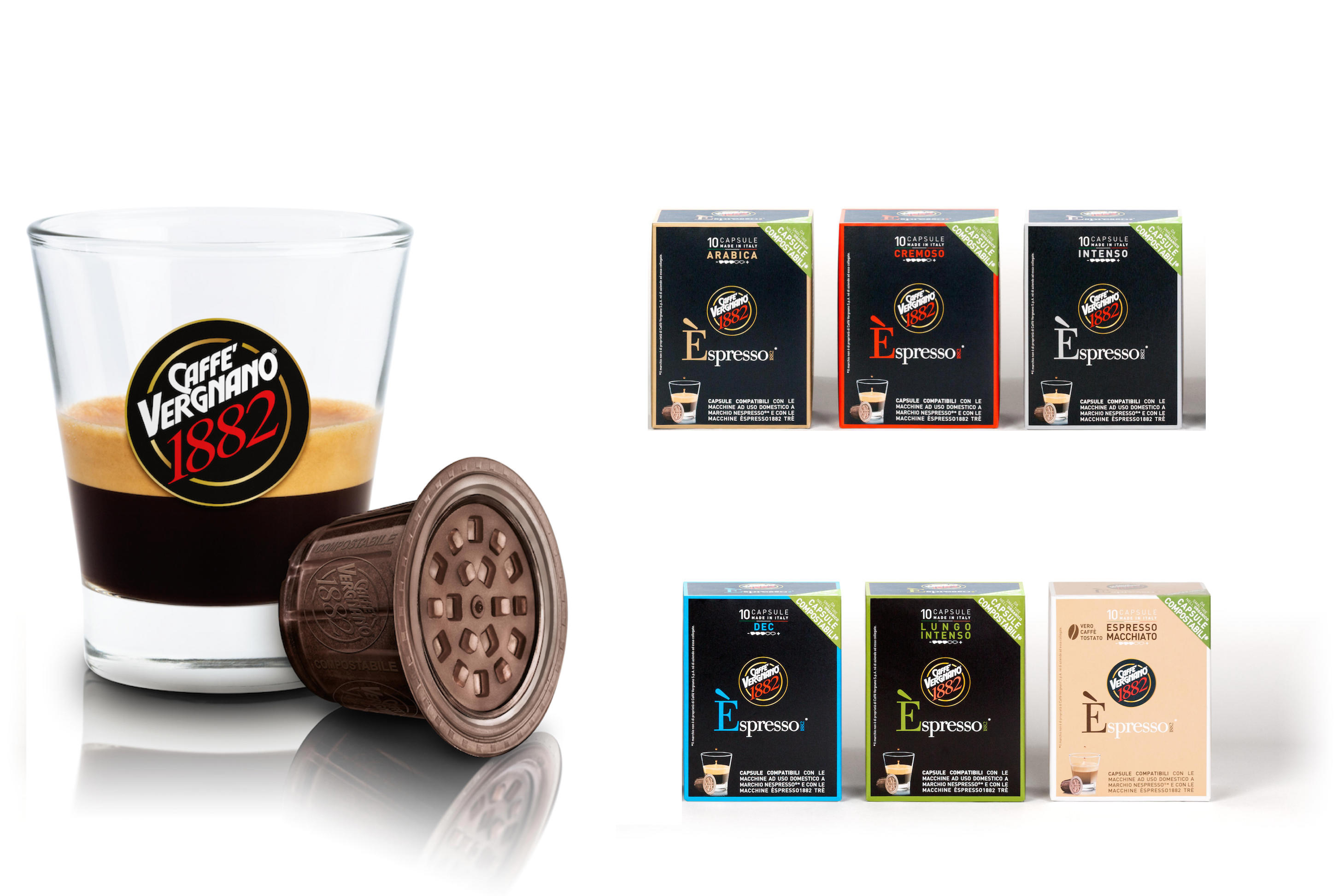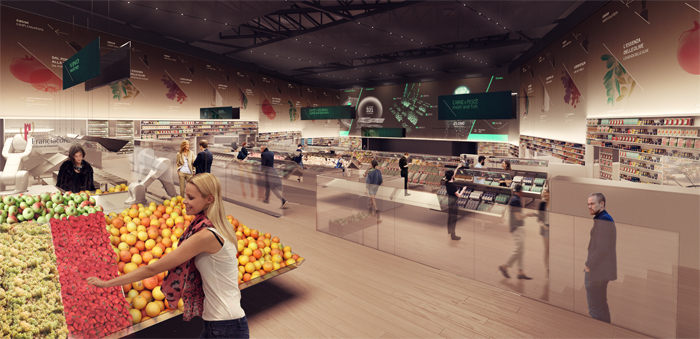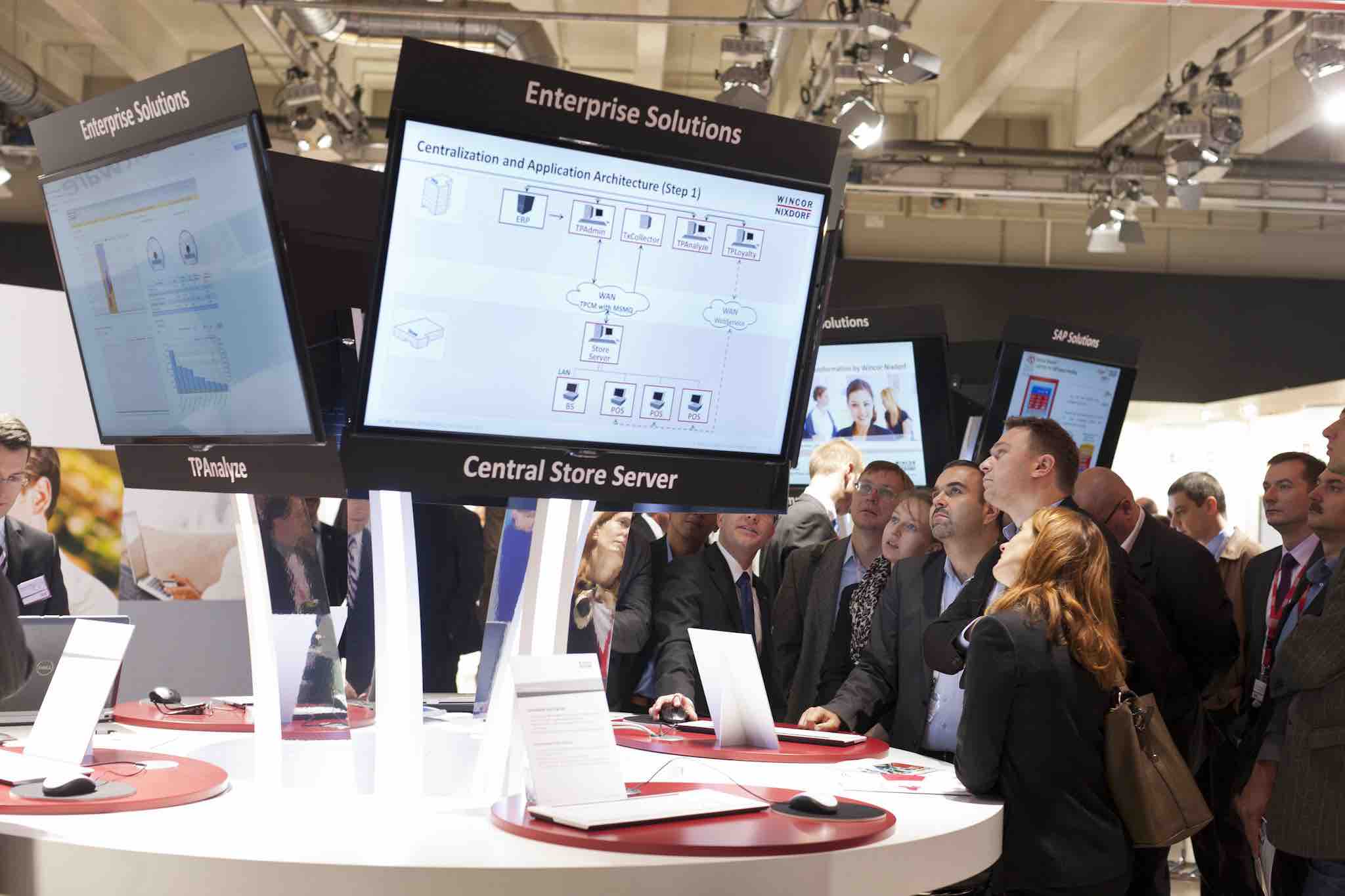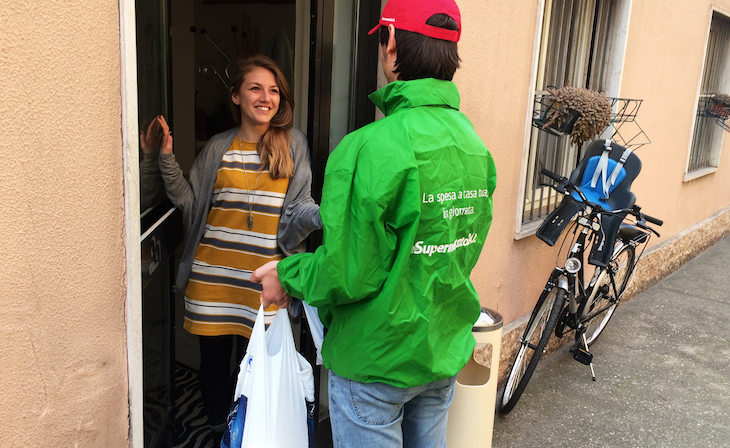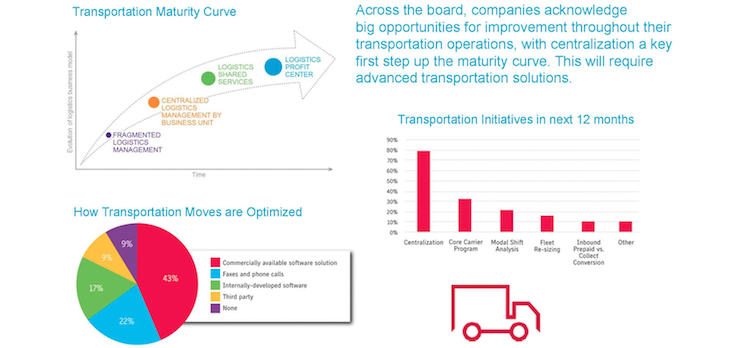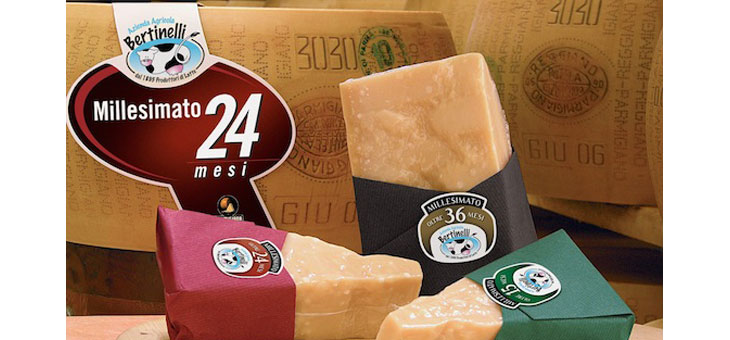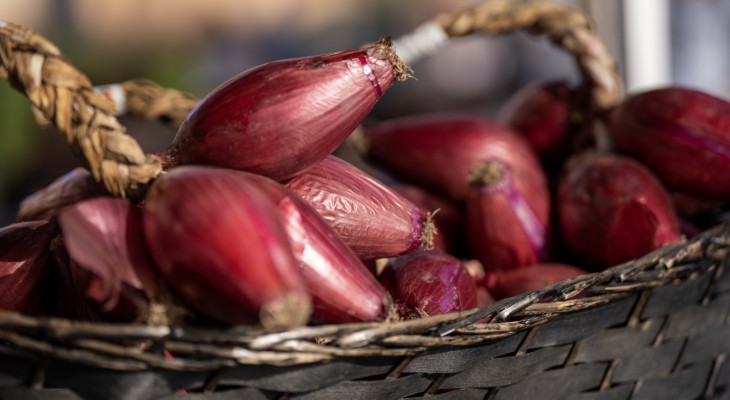The day after the visit of the Prime Minister, Matteo Renzi, to the construction site of Expo 2015, the countdown has now started and the “magic of Expo”, as the commissioner Giuseppe Sala puts it, begins to unfold. Part of this, “the challenge of the most interesting content”, is the Future Food District where technology supports nutrition: 6,500 square metres in the heart of the exhibition site between the Cardo and the Decumano, an area resulting from the collaboration between Coop, MIT Senseable City Lab and Carlo Ratti Associates.
[Not a valid template]
It is the Chairman of Coop who explains the reasons for the involvement of Coop in Expo, after the initial doubts, an involvement worth 15 million euros of investment in the construction and operation of what will be not only an idea of the supermarket of the future, but “an opportunity to discuss the contents that belong to the coop system: good and safe food for everyone. The challenge for us is not only technical and financial, but also social. In Expo we see the opportunity for the country to make a quantum leap and we believe in it. It’s a tough challenge – says Pedroni – because the special Expo project was the construction of a supermarket that works: a machine of tomorrow that must be a machine of today”. And in fact it will be a working store with Coop staff.
But be careful. We must not confuse the supermarket of the future with a forecast. “Forecasts are always a gamble and are almost never correct – adds Carlo Ratti -. Experimenting new things useful to build the future is something quite different. And this is also the sense of the use of technology: trying out new ideas. Some will work, some will not, but they will still have shown us the way to build the future”.
The idea behind the Supermarket of the Future is that of a social market, an open square, a mix of history, tradition and future, a place of exchange between people, not only of goods but also of knowledge and information. “Cultural exchange has always been a distinctive feature of commerce – adds Pedroni – and our supermarkets have perhaps become overly-functional machines where this connotation of the market square has been lost”. It will be a place of encounter and exchange between producers and consumers, in which the vertical barriers will give way to a horizontal landscape facilitating interaction, a reference to the original markets. Inside the layout is divided into five streets dedicated to as many food industries. The idea came about in Coop before our adhesion to Expo Milano 2015 from an innovation contest in which 80 employees under 35 years of age took part.
“The original 2013 project, called GeoCoop, was based on the direct experience of a group of young employees who emphasised valuesdear to Coop, such as transparency and authenticity, essential for conscious purchasing, necessary today but even more so tomorrow. Valuesthat we believe to be increasingly shared – continues Pedroni -. What you will visit therefore will not be a hyper-technological pavilion where technology is an end in itself. We at Coop were interested in going in the opposite direction where technology is useful, at the service of man. If for example in the Exhibition Area the vision of the prototypes of sea farms will make one reflect on a planet where the earth will be infinitely poorer than today, in the Supermarket of the future the food industry streets will communicate at a glance information on product processing: starting from fresh produce all the way to products with the highest degree of transformation.
But the Future Food District (FFD) will also host scenarios of what we will eat. The Exhibition Area is dedicating a space, in collaboration with the Milan Humanitarian Society, where it will be possible to see the first edible products derived from more than 1,900 species of insects on which today about 2 billion people feed themselves; in addition, in the square there will be prototypes and installations aimed at exploring a number of innovative technologies in the field of urban agriculture and food and energy production. Today exceptions, tomorrow normality.
This is the case of the Vertical Farm based on an ENEA project: two glass walls, 4 metres high, and hydroponics on multiple levels, capable of producing for the six months of Expo various types of vegetables; and of the algae Canopy, apparently a simple roof, in reality a complex solution of water and microalgae able to produce biomass with possible applications in the agri-environmental sector. Already from the outside, starting from the square, visitors to this Thematic Area will encounter numerous examples of a sustainable future.

